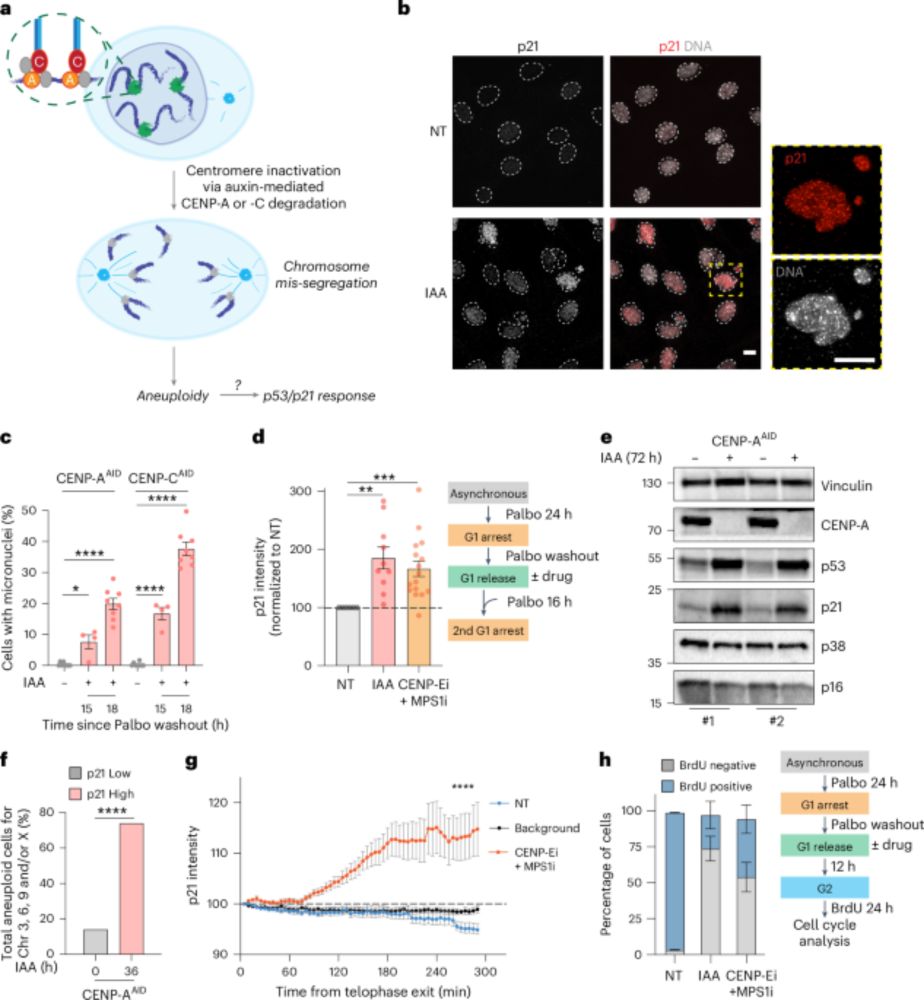



doi.org/10.1038/s415...

doi.org/10.1038/s415...
#MachineLearning
52 transcriptomic datasets; 30 cell types▶️6 #Senescence modules
Single-cell senescence trajectories in multi-tissue Aging & Diseases
SMCs "have high basal senescence score"😬
@cp-cellmetabolism.bsky.social 2024
www.cell.com/cell-metabol...

#MachineLearning
52 transcriptomic datasets; 30 cell types▶️6 #Senescence modules
Single-cell senescence trajectories in multi-tissue Aging & Diseases
SMCs "have high basal senescence score"😬
@cp-cellmetabolism.bsky.social 2024
www.cell.com/cell-metabol...
Pour en savoir plus : bit.ly/4apwuMW

Pour en savoir plus : bit.ly/4apwuMW


